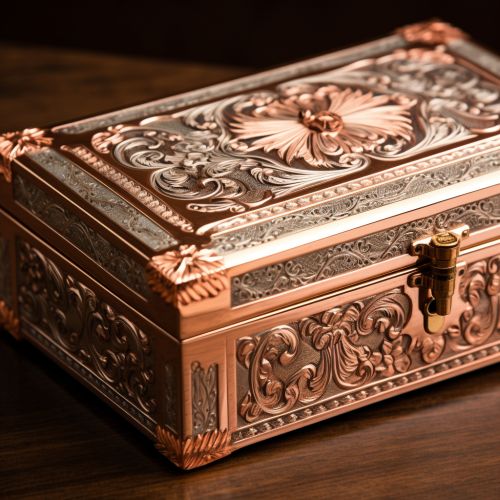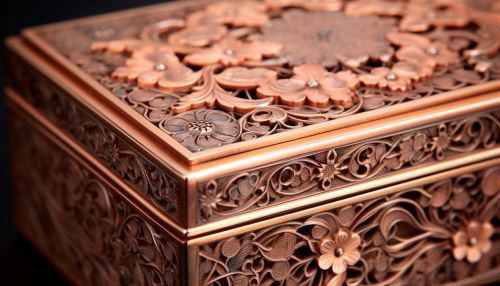Cooper Pair Box
Introduction
The Cooper Pair Box is a device used in quantum computing and quantum information science to manipulate quantum bits, or qubits. Named after physicist Leon Cooper, who first theorized the existence of Cooper pairs, the Cooper pair box allows for the control and measurement of quantum states, making it a crucial component in the field of quantum computing.


Cooper Pairs
Cooper pairs are pairs of electrons that move through a superconductor without resistance. They were first proposed by Leon Cooper in 1956, as part of the BCS theory of superconductivity. The unique properties of Cooper pairs, such as their ability to maintain a coherent quantum state over macroscopic distances, make them ideal for use in quantum computing.
Design and Operation
The Cooper pair box is designed to trap and manipulate Cooper pairs. It consists of a small superconducting island, or "box," connected to a reservoir of Cooper pairs via a Josephson junction. The number of Cooper pairs in the box can be controlled by applying a voltage across the junction.
The quantum state of the Cooper pair box is determined by the number of Cooper pairs in the box. This state can be manipulated by applying microwave pulses, allowing for the implementation of quantum gates and the execution of quantum algorithms.
Applications in Quantum Computing
In quantum computing, the Cooper pair box serves as a type of superconducting qubit known as a charge qubit. Charge qubits are one of the three main types of superconducting qubits, alongside flux qubits and phase qubits.
The Cooper pair box's ability to maintain a coherent quantum state over long periods makes it particularly useful in quantum error correction, a crucial aspect of quantum computing. Additionally, the Cooper pair box's design allows for the implementation of a variety of quantum gates, making it a versatile tool in the creation and manipulation of quantum circuits.
Challenges and Future Directions
While the Cooper pair box has proven to be a valuable tool in quantum computing, it is not without its challenges. One of the main issues is the susceptibility of the Cooper pair box to charge noise, which can lead to decoherence and loss of quantum information.
Future research in the field of Cooper pair box technology is focused on improving the coherence times and reducing the impact of charge noise. This includes the development of new materials and designs, as well as the implementation of advanced error correction techniques.
